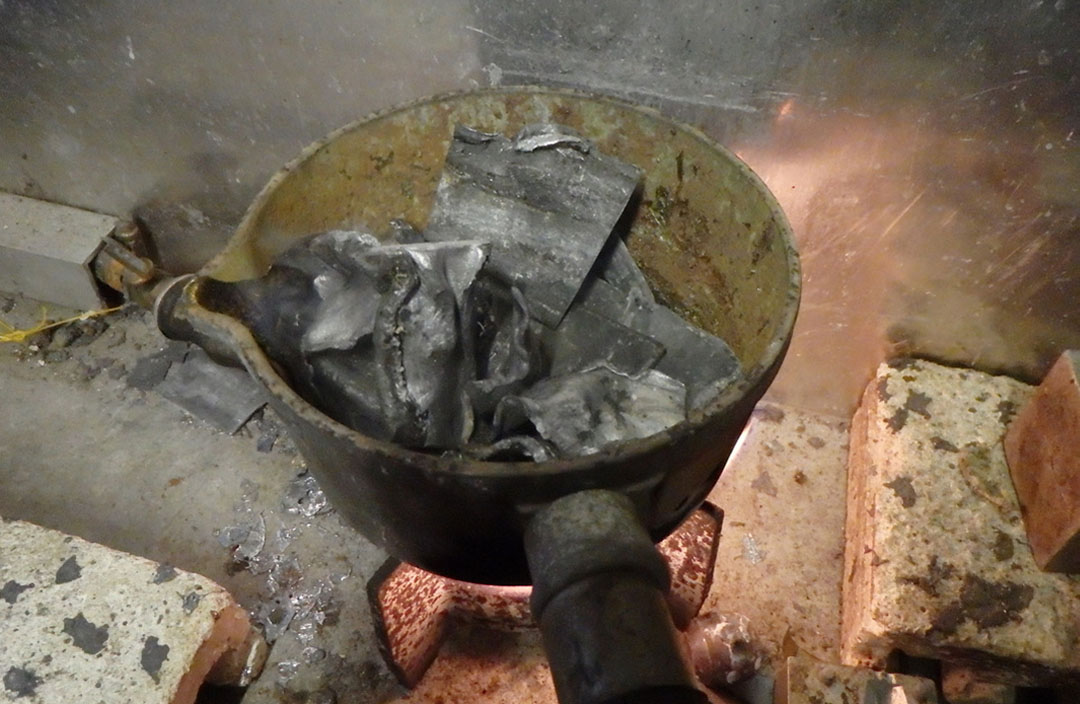Before The Lead Reaches Your Rig
The Full Impact of Lead in Fishing – Beyond Water Contamination
Discussions surrounding the use of lead in fishing often centre on its environmental impact after it has entered aquatic ecosystems. This is understandable, as this is the phase of the process that anglers are exposed to and are directly aware of. While this is a significant concern, it represents only the final stage in a broader cycle of lead-related hazards. The extraction, processing, and handling of lead introduce serious environmental and health risks that must be considered in any comprehensive discussion on this issue.
Lead Extraction and Environmental Impact
Lead is a naturally occurring element found in the Earth’s crust, but its extraction through mining is ecologically destructive. The mining process disturbs large land areas, generating lead dust and waste materials that can contaminate soil and water sources. Additionally, lead ore refining involves the emission of airborne pollutants, contributing to long-term environmental degradation.
Health Risks of Lead Processing
Once extracted, lead undergoes smelting and refining, which involve high-temperature processing. This thermal treatment releases toxic lead vapours and fine particulate matter, both of which pose serious risks to human health. Prolonged or repeated exposure to lead fumes has been linked to:
- Neurological disorders (especially in children)
- Respiratory complications
- Cardiovascular issues
- Kidney damage
Industrial facilities attempt to mitigate these emissions through filtration systems, but the collected lead-containing dust is either recycled (continuing the hazardous cycle) or disposed of as hazardous waste.
In non-industrial settings, such as home lead-moulding operations, the absence of adequate safety measures leads to significantly higher exposure risks. Inhalation of lead fumes and contact with lead dust can result in acute toxicity, with symptoms ranging from headaches and nausea to long-term cognitive impairment.
This is one of the primary reason for the impending lead restrictions and ban in fishing products – to prevent unregulated lead processing practises (home lead-moulding and unsafe production):
https://echa.europa.eu/hot-topics/lead-in-shot-bullets-and-fishing-weights
https://ec.europa.eu/transparency/comitology-register/screen/documents/105447/1/consult?lang=en
Lead in Aquatic Environments
Beyond occupational exposure, lead continues to pose ecological risks once introduced into aquatic environments. While the extent of long-term lead dissolution in water bodies remains a subject of much debate, some studies indicate that lead sinkers and weights can degrade over time (via various mechanisms), contributing to contamination. Even if the dissolution of lead takes a long time to happen, lead has time on its side – Lead can persist in a lake for an extremely long time — centuries in sediments and years in the water column (depending on conditions). Lead is not fully inert in lake water. While exposed lead may form protective coatings or settle into sediments, it can still dissolve, resuspend, or bioaccumulate under the right conditions. Long-term contamination is a serious risk unless the lead is physically removed or chemically stabilized.
Transitioning Away from Lead-Based Fishing Products
Despite the challenges, viable lead-free alternatives for fishing products are emerging. Though initial costs remain higher due to developing techniques and limited production scales, increasing demand will drive improvements in manufacturing efficiency, ultimately reducing costs over time.
What do we choose between – long term ecological sustainability or short term price?!
Beyond material substitution and changing our ethos around the materials we use, we can also change our practises and stop dropping leads/weights, mitigating both economic and environmental impacts.
Conclusion – A Necessary Shift in Material Use
Lead is a uniquely hazardous substance with well-documented environmental and health risks. Its continued use in fishing products raises concerns not only for aquatic ecosystems but also for those involved in its production and handling. Given the availability of safer alternatives and the increasing regulatory restrictions on lead use, transitioning away from lead-based fishing products represents a logical and responsible course of action.
The issues do not start when lead has already entered the aquatic ecosystem – it is a broad cycle of hazards beginning long before, and continuing long after.
There are no positives to the use of lead in fishing. We should aspire to avoid using lead wherever possible – Why wouldn’t we if we can?!
